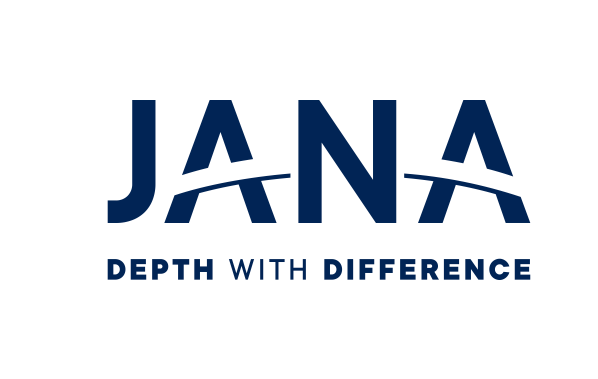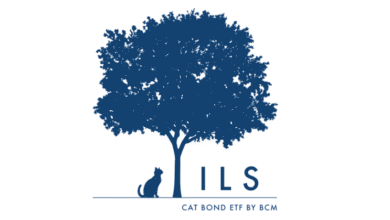Cat bonds structurally sound and increasingly attractive to investors: JANA

Catastrophe bonds are increasingly gaining ground with institutional investors and provide a compelling source of diversification and income at this time, according to Martin Rea, Senior Consultant at JANA Investment Advisers Pty Limited.
Cat bonds are “a rare example of true non-correlation”, Rea said, making their risk-return profile unique and of course meaning they remain detached from financial market volatility, such as we have been seeing in recent days and weeks.
Rea writes that, “Australian superannuation funds and high-net-worth investors have increased allocations to Cat Bonds and related ILS strategies, drawn by their diversifying potential and return profile.
“The combination of strong yields, climate thematics, and non-correlation to traditional asset classes has seen Cat Bonds become a valued alternative allocation.”
JANA spotted the hardening of reinsurance and improving yields in insurance-linked securities (ILS) back in early 2023, since when performance has been particularly strong.
“A constrained capital environment continues to support spreads,” Rea explained, adding that “with reinsurance demand increasing, we expect these conditions to persist through 2025.”
Investors have been able to learn from recent hurricane seasons and the California wildfires, which have served to demonstrate improvements made to the terms and conditions of catastrophe bond coverage.
Rea said that, “developments are reinforcing shifts in underwriting standards and structuring preferences across the market,” referring to California after the wildfires, noting that, “Regulatory constraints and rising climate risk have driven insurers and ILS managers to reassess their exposure, contributing to changes in underwriting standards and structuring preferences.”
But cat bonds and all forms of ILS are “structurally evolving instruments” Rea explained.
“Over the past two years, managers have favoured higher attachment points and loss-remote structures to reduce frequency risk. These structural changes have improved portfolio resilience and supported consistently positive returns,” he wrote.
Also noting that, “Climate change, inflation in construction costs, and urban development in high-risk regions continue to push premiums higher. These conditions, combined with capital scarcity, are supporting robust spreads in the ILS market.”
However, catastrophe bonds by their very nature are not without risk, and as an investment consultant JANA advises clients to cap their allocations at 5% of assets or lower for new investors.
Other advice JANA provides to clients includes the importance of ILS manager selection and monitoring manage quality, as well as fund terms.
Liquidity is also a factor deserving of scrutiny, given ILS market stress following major events could affect strategies.
But, Rea sums up that, “Cat Bonds offer institutional investors a rare combination: strong yields, true diversification, and climate relevance. While near-term risks must be managed, the broader market context supports a strategic allocation.
“For superannuation funds and other long-term asset owners, Cat Bonds provide a resilient, income-generating alternative that complements traditional risk assets in a world increasingly shaped by climate extremes.”

